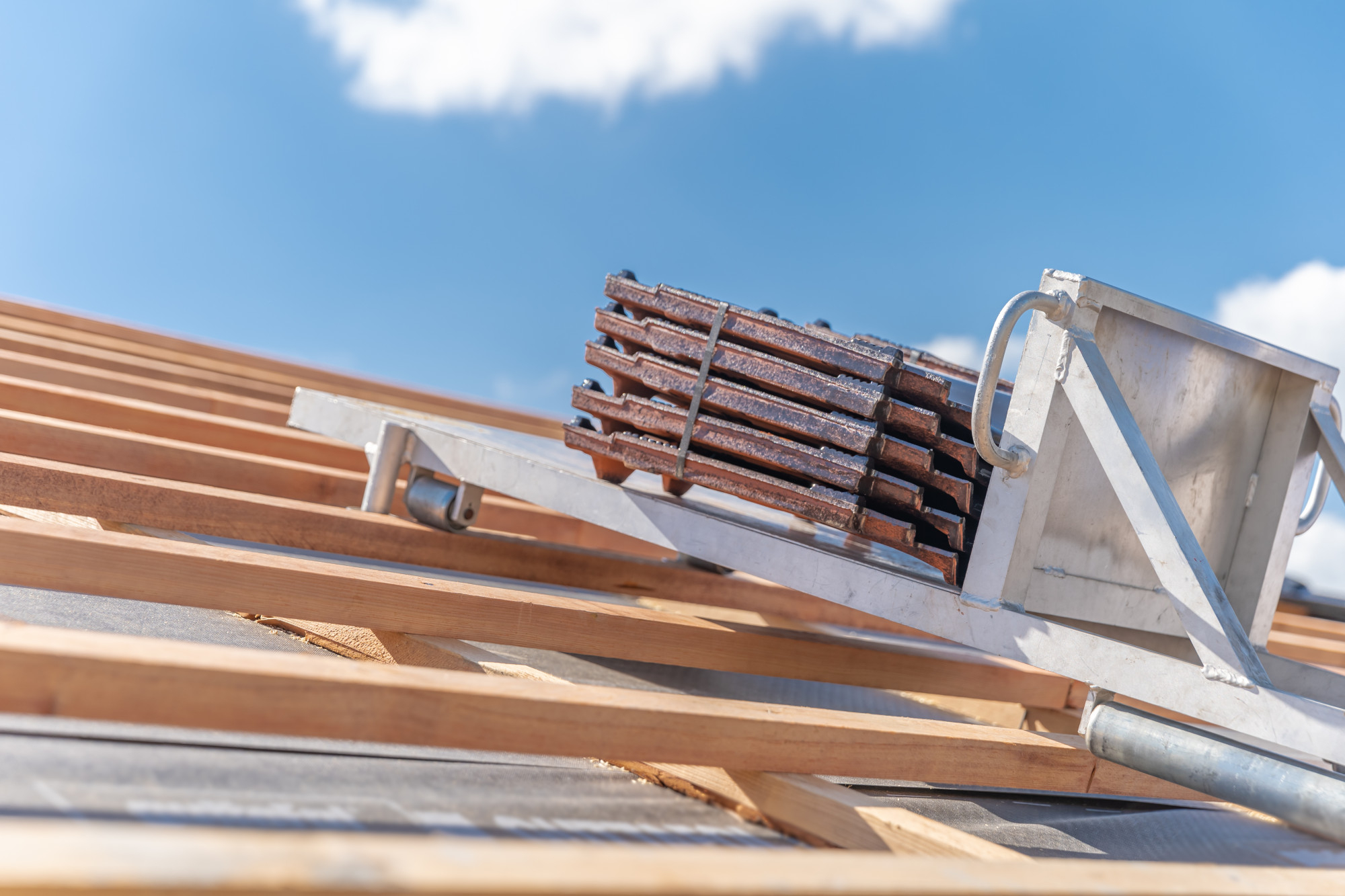Tile battens play a crucial yet overlooked role in roofing systems. The truth is, they provide the backbone for strong and resilient roofs and walls. You might have heard the term before, but what exactly is it, and why is it essential?
This blog aims to provide you with a solid understanding of what roof battens are, tiles in particular. Read on to learn more about their purpose, installation process, and maintenance.
Understanding Tile Battens
A roof tile batten is a narrow strip or beam, typically made from materials like timber, metal, or plastic. It creates a secure and stable base for tiles or other cladding materials to be fixed upon. Moreover, it provides a framework that elevates the tiles above the roof or wall surface. With this, proper water drainage and ventilation are ensured.
The tile batten’s structural support also ensures the tiles remain firmly in place. This protects the building from external elements and provides a visually appealing finish.
The Purpose
Tile battens serve several purposes in construction. First, they provide a secure base for the placement of tiles or shed cladding materials.
Next, tile battens promote proper water drainage and ventilation. The raised structure allows water to flow freely underneath the tiles. This prevents water from pooling and seeping into the underlying layers. Improved ventilation also helps regulate temperature and reduce the risk of condensation.
Lastly, a tile batten system contributes to enhanced thermal insulation. By creating an air gap between the tiles and the building surface, they cut heat transfer. This results in better energy efficiency and a more comfortable living environment.
Altogether, these functions work in tandem to prevent moisture-related issues. Most importantly, extend the life of the roof or wall of a structure.
Installation Process
Installing tile battens requires careful attention to detail. Here’s a step-by-step guide to guide you through the process:
1. Planning and preparation
- Measure the roof or wall surface. This will help you determine the required number of battens and their spacing.
- Choose appropriate materials for the battens. Consider factors like weather conditions and the weight of the tiles.
2. Spacing and alignment
- Start at the lowest surface point and mark the positions for the first batten.
- Maintain consistent spacing between battens, usually 16 to 24 inches apart. This often depends on the tile size and material.
- Use a level and chalk line to ensure straight alignment throughout the installation.
3. Fastening techniques
- For timber battens, such as softwood, use stainless steel nails or screws. Meanwhile, metal and plastic battens may require specialised fasteners.
- Secure the battens to the roof or wall surface, ensuring they are firmly attached.
4. Overlapping and joining
- See if the battens are not long enough to cover the entire surface. If so, overlap the ends by at least 12 inches for added strength.
- Ensure proper alignment and support at joining points.
5. Ventilation and insulation
- Consider installing spacer clips or blocks between the battens. Doing so helps maintain consistent spacing and improve ventilation.
- Add insulation material underneath the battens to enhance energy efficiency.
Best practices
- Regularly inspect and maintain the battens to identify and address any signs of wear.
- Ensure that all connections and fasteners are secure and weather-resistant.
- Seek professional guidance if uncertain about any aspect of the installation process.
Maintenance Tips
To ensure the longevity of tile battens, regular maintenance is essential. Conduct periodic inspections to identify signs of wear, rot, or damage. Check for loose fasteners and proper alignment. Address any issues promptly by replacing damaged battens and tightening loose connections.
Keep the area around the battens debris-free to prevent moisture buildup and decay. Apply protective coatings to wooden battens to increase their resistance to weather elements.
Round-up
As the backbone of roofs and walls, tile battens provide a stable base for cladding materials. Moreover, they improve water drainage, ventilation, and thermal insulation.
Regular maintenance is vital for sustaining the effectiveness of timber battens over time. This ensures your investment serves its purpose for years to come. If you’re still searching for quality roofing battens, look no further than TimberX!
What you should read next: “How do you install roofing battens?”
